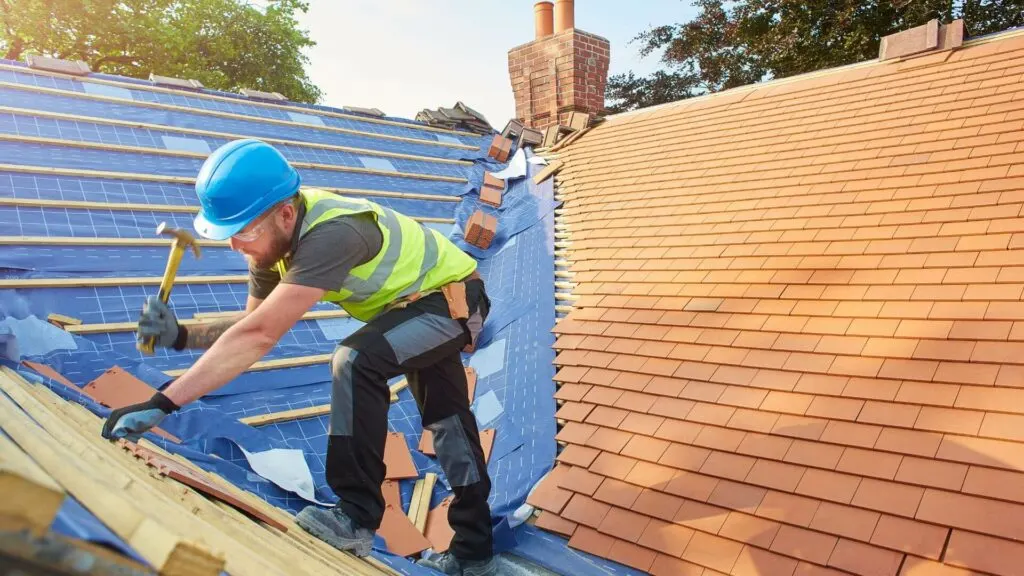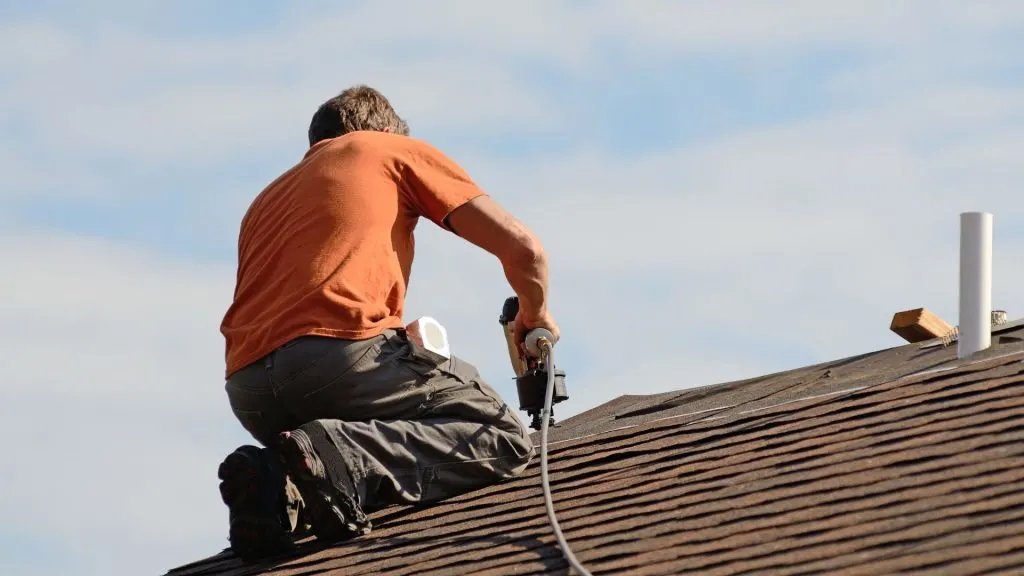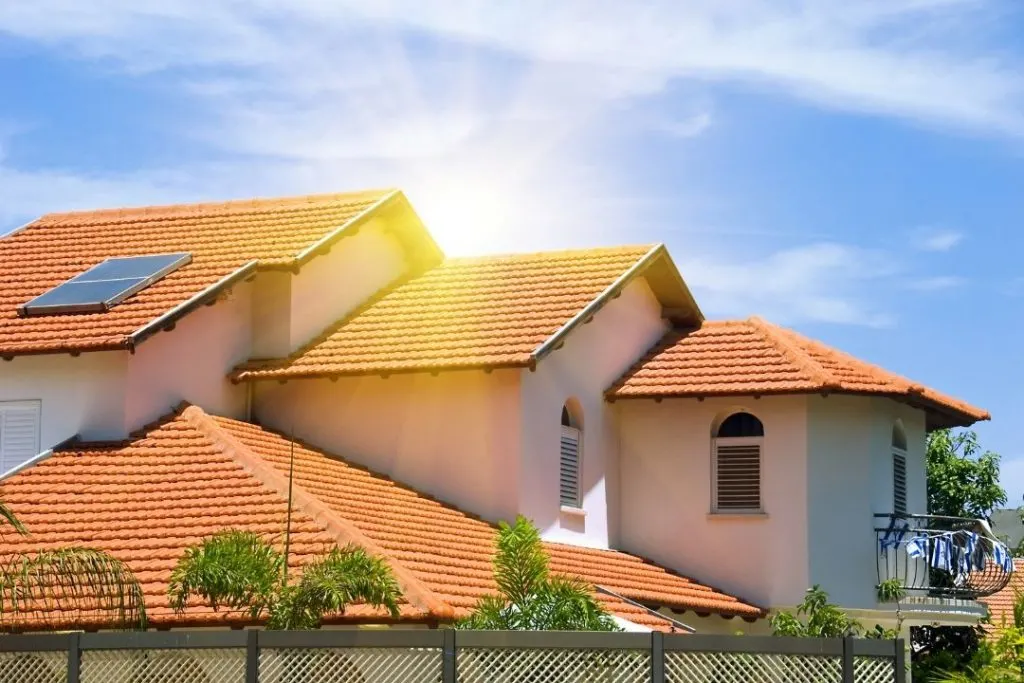The roof is an often-underappreciated yet essential component of our homes, safeguarding us from the elements and providing a sense of security. However, over time, even the sturdiest roofs can start to show signs of wear and tear. When faced with the decision of whether to repair or replace your roof, it’s crucial to consider various factors to make an informed choice that aligns with your budget, timeline, and overall needs.

Age and Condition of the Roof
The age of your roof is a pivotal factor in determining whether repair or replacement is the better option. A well-maintained roof can last for decades, but as roofs age, they become more susceptible to damage and deterioration. Inspect your roof for signs of missing or curling shingles, leaks, and rot. Contractors from masterroofcontracting.com can help you evaluate the extent of damage to your roof and what should be done. If the damage is localized and your roof is relatively young, repairs might be a cost-effective solution. However, if your roof is nearing the end of its lifespan and showing widespread issues, a replacement could be a more prudent investment in the long run.
Cost Considerations
Cost is often a deciding factor in any home improvement project. While repairs might seem more budget-friendly upfront, it’s essential to weigh the long-term costs. Frequent repairs can add up quickly, and if the overall integrity of the roof is compromised, it might be more cost-effective to invest in a replacement. Obtain quotes from reputable roofing contractors for both repair and replacement options. Consider not only the immediate costs but also the potential savings over the years with a new, durable roof.
Energy Efficiency and Insulation
Roofing materials have come a long way in terms of energy efficiency. Newer materials offer better insulation, which can contribute to lower energy bills and a more comfortable living environment. If your current roof lacks proper insulation or is made of outdated materials, a replacement could lead to significant energy savings over time. Factor in the potential reduction in heating and cooling costs when making your decision.

- Insulation Quality: Consider the R-value (thermal resistance) of your current roofing material. Newer materials often have higher R-values, indicating better insulation. Upgrading to materials with enhanced insulation properties can help regulate indoor temperatures and reduce the strain on your HVAC system.
- Cool Roof Options: Some roofing materials are designed to reflect more sunlight and absorb less heat, known as “cool roofs.” These materials can help maintain a cooler indoor environment during hot weather, thereby decreasing your cooling costs and overall energy consumption.
- Long-Term Savings: While energy-efficient roofing materials might have a higher upfront cost, the potential savings on energy bills over the life of the roof can offset this expense. Consider the return on investment in terms of energy savings when evaluating the cost-effectiveness of a roof repair versus replacement.
Local Climate and Weather Patterns
The climate in your area plays a pivotal role in the longevity of roofing materials. Harsh weather conditions, such as heavy rain, snow, or extreme heat, can accelerate wear and tear. Consider the local climate and the specific challenges it poses to your roof. If you’re frequently dealing with roof-related issues due to weather, a replacement with more weather-resistant materials might be a wise choice. On the other hand, if your area experiences milder conditions, repairs might suffice.
Aesthetics and Curb Appeal
The appearance of your roof contributes significantly to the overall curb appeal of your home. If your roof is visibly worn, faded, or mismatched, it can detract from the beauty of your property. Consider the impact a roof repair or replacement might have on the aesthetics of your home. While repairs can address immediate issues, they might not completely restore the visual appeal. On the other hand, a roof replacement allows you to choose from a variety of modern materials, colors, and styles that can enhance your home’s exterior and increase its market value.
Environmental Impact
In an era of increasing environmental consciousness, considering the eco-friendliness of your roofing decision is paramount. Older roofing materials might not be as environmentally friendly as newer options that prioritize sustainability and energy efficiency. If reducing your carbon footprint is important to you, explore roofing materials that are made from recycled content, are recyclable themselves, or have a longer lifespan to minimize waste over time. A roof replacement with environmentally responsible materials could align with your values and contribute to a greener future.

In the end, the decision to repair or replace your roof requires a holistic assessment of multiple factors. The age, condition, and appearance of your roof, as well as the local climate, financial considerations, energy efficiency goals, and environmental concerns, all contribute to the path you should take. Whether you opt for repairs to address specific issues or choose a full replacement for long-term benefits, consulting with roofing professionals is crucial. They can provide expert insights, conduct thorough assessments, and offer guidance tailored to your unique circumstances.

Jessi is the creative mind behind The Coffee Mom, a popular blog that combines parenting advice, travel tips, and a love for all things Disney. As a trusted Disney influencer and passionate storyteller, Jessi’s authentic insights and relatable content resonate with readers worldwide.
